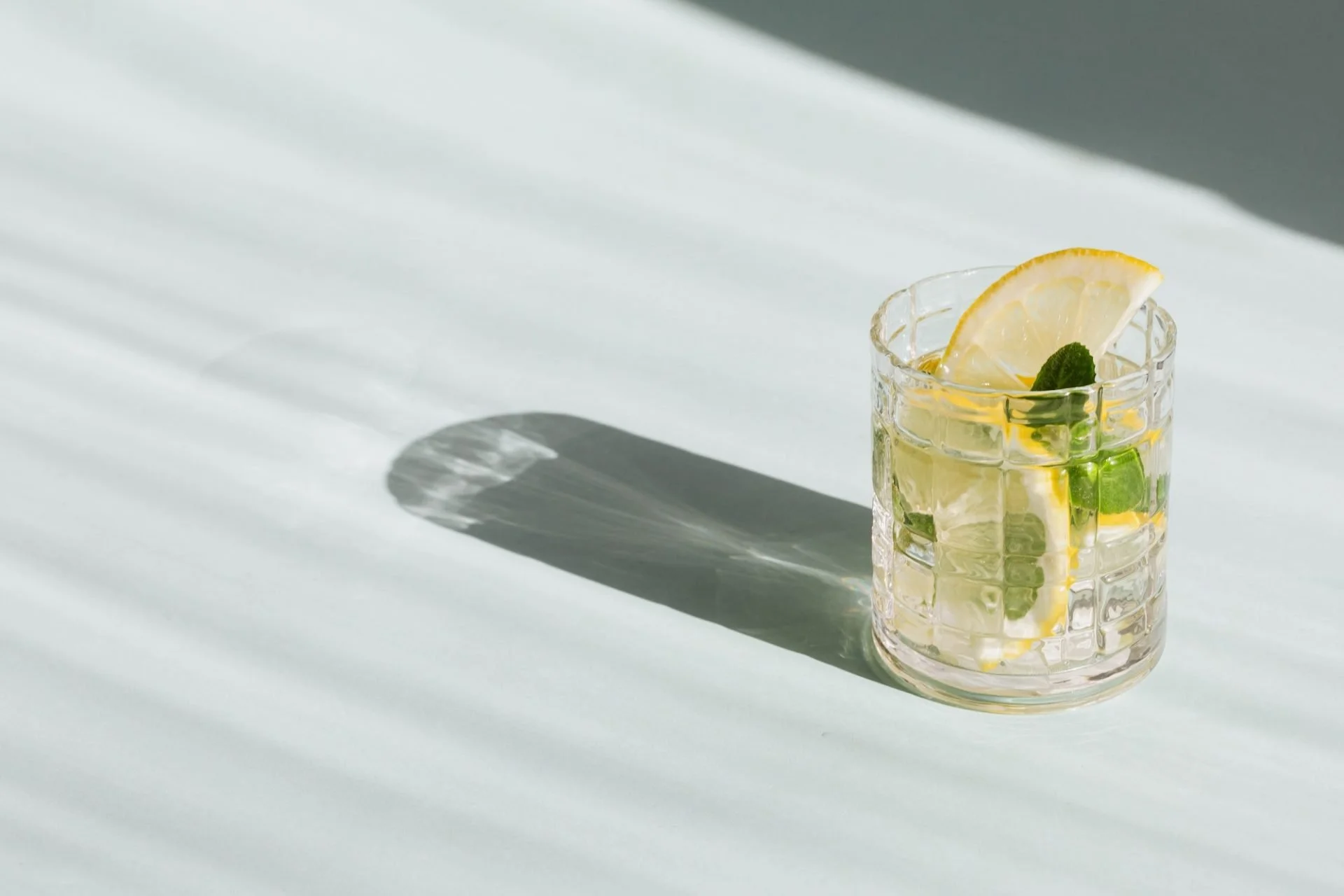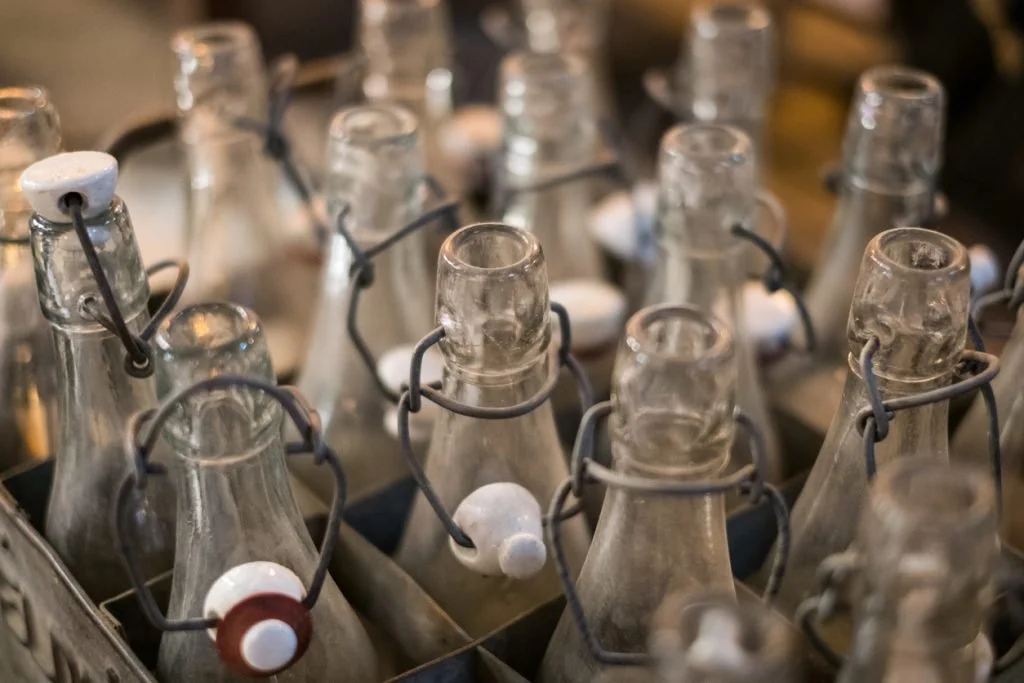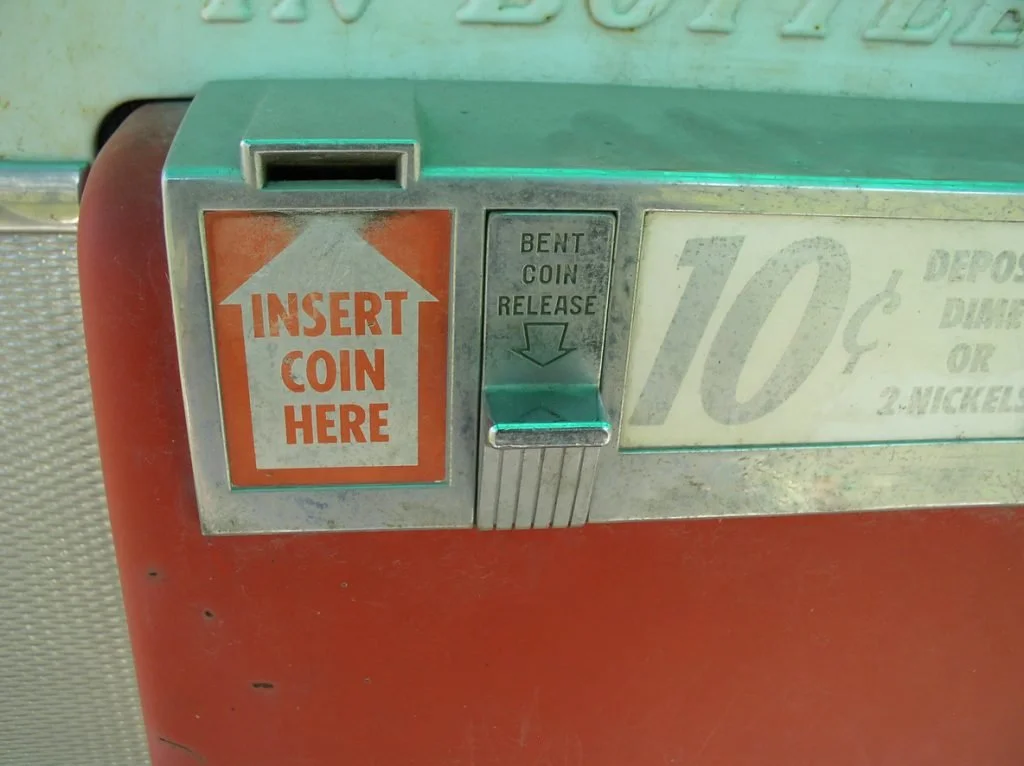The Prohibitionist Origins of the Texas Soda Industry
Discover > Truly Texan > The Prohibitionist Origins of the Texas Soda Industry
Sitting on our porch after a sweltering day in the fields, I can’t help but look at the ice-cold glass of cola in front of me and think about how Texas fell in love with soft drinks. I understand that at some point, there were small places here and there that served up flavored soda water and began the whole craze. This coupled with the prohibition of alcohol in the Lone Star State made Texans thirst for something new that would tickle their taste buds and sparked love for flavors that have never been dream of before. But how far does the history of these fun fizzy drinks go back? From what I’ve found out, quite a long way.
The Origins of Carbonated Water
Humanity’s love for carbonated water dates back to the time of the Romans, when it used to bubble from springs in the Emilia-Romagna region of Italy. The spring water starts its journey in Italy’s Apennine Mountains and gets naturally filtered as it passes through sandstone and clay. This gives the spring water its high mineral content and naturally carbonated quality – and in turn, its distinctive fizz. The fizz we know and love today, however, comes from a mix of carbon dioxide and water, which has developed into what we now call soft drinks.
The Birth of the Texan Soft Drink Industry
A few centuries later, in 1839, the Texan soft-drink industry was born in a Houston Apothecary when Dr. Thomas Mitchell, an English physician, erected a soda fountain. After the end of the Civil War in 1865, Texas and the other Southern states began to reinvent themselves – they were led by Christian temperance reformists, pharmacists with their tonics, salesmen plying their trade from door-to-door, and entrepreneurs looking to establish industries in different fields.
Fast-forward two decades, the Antebellum South and its politicians, entrepreneurs, and mass media campaigned to radically change the agriculture-centered economy to a system focused on industry and commerce. The foundation for what would later become the soda industry was laid by the proliferation of tonics made by pharmacists to serve as cure-alls, as well as the soda fountains that were set up in drugstores. The growth of this industry was accelerated through door-to-door sales by hucksters and the prohibition of alcohol.
These early kinds of soda surely influenced Charles Alderton, a pharmacist based in Waco, Texas, who concocted the now-famous Dr. Pepper (originally Dr. Pepper Phos-Ferrates) in 1885. In the same year, Wade B. Morrison, owner of the Old Corner Drug Store in Waco Texas, and Robert Sherman Lazenby, a bottling plant owner, arranged to mix, bottle, and ship Dr. Pepper Phos-Ferrates syrup to drugstores in the area. And by 1886, the grand-daddy of all soft drinks, Coca-Cola, was born in Atlanta, Georgia.
Texas and the Bottling Industry
In 1891, in Dublin, Texas, many different kinds of soda water, including Dr. Pepper, were being bottled out of a feedstore. Despite the apparent boom in the soda bottling industry in Texas, there were no bottling plants that advertised franchised brands. However, by 1899, the Tennessee lawyers B.F. Thomas and Joseph Whitehead had secured bottling rights from the Atlanta-based Coca-Cola Company. By 1905, 29 bottling plants were buying syrup from Coca-Cola. Delaware Punch, first formulated in 1913, was one of the first companies in Texas to begin issuing bottling franchises in Texas.
At the beginning of the Spanish-American War, Waco native Lazenby received a contract from the US War Department, allowing him to ship his Circle-A Ginger Ale abroad. His exported soda primarily targeted members of various armies and navies, with Lazenby continuing to export soda to servicemen across the globe until World War I.
By the turn of the 20th century, Texas was already home to 139 soda-water bottling plants and 77 ice plants. These two industries made Texans love soft drinks even more by raising the available supply. No longer was it necessary to get your soda pop fix from a soda fountain at the local pharmacy. New distribution lines had been set up so that more and more people could enjoy refreshing soft drinks as prohibition began to take hold. And by 1923, the Texas bottling industry was booming even more with 205 bottling plants in Texas alone.
Texas Soda and World War II
Once World War II broke out, key resources started to be rationed, including sugar, cork, crown caps, gasoline, tires, coolers, and trucks. Understandably, this resulted in a period of struggle for the Texas soft drink industry. Luckily, military bases in Texas were exempt from sugar quotas – something bottlers could profit from. The military saw that the humble soft drink was essential to boosting morale, meaning the soft drink industry, in a sense, could soldier on. Introduced in the 1930s to gasoline stations and grocery stores, Coca-Cola’s soft drink vending machines were later moved to military bases. Of course, there were also several bottlers in Texas that didn’t have any of these cola-dispensing machines, which forced them to find their markets at Post Exchanges.
The Post-War Cola Boom
As the war ended and control on resources was lifted, pricing and packaging became an issue between big bottlers and small-bottlers because of varying prices. The Texas Bottlers Association led by its Vice President Clifton C. Carter, by enrolling 226 bottling plants as members who paid due while 145 plants were non-members. Carter’s efforts in settling the dispute led to a 71% increase in membership of the total number of Texas Bottlers.
The Texas Cola Industry Today
At present, the Texas soda industry is booming. There are multitudes of bottling plants in the Lone Star State that have been consolidated by big-name brands like Coca-Cola and Pepsi since the 1980s. This has paved the way for more jobs for Texans and made the bottling of soft drinks an increasingly efficient process. Aside from off-the-shelf brands, there are also more and more craft soda companies that have been popping up. These niche industries make it a point to produce soda that is much healthier and made through sustainable methods. Take for example Hub City’s craft sodas, which contain no unhealthy sugars as well as custom-made refreshing flavors that are a fine take on all-American fizzy favorites.
Nowadays, many people enjoy the refreshing fizzy taste of a soft drink without having any idea of how the Texas soda industry shaped its history. The origins of soda in Texas is heavily intertwined with the ebb and flow of Southern history. From the revolutionary movements of post-Civil War America to the world wars that forever changed us as a people, soft drinks have been there to give us a short respite and an energy boost, helping us take on whatever hot day or challenge we may face.
For a look at the history of other Texas beverages, check out this post about the grain-to-glass movement and heirloom grains.
Uncover the rich heritage of Texas' historic general stores, tracing their significant influence on the state's history and their lasting impact on the communities they faithfully served.








